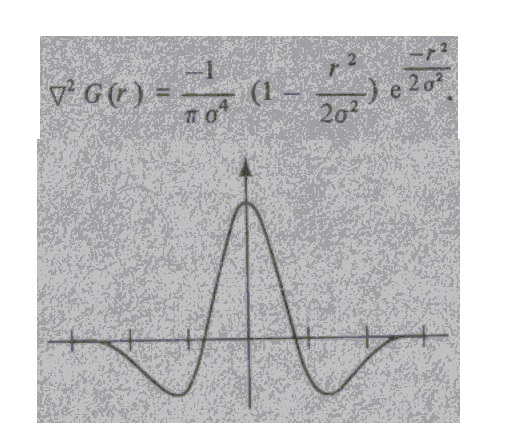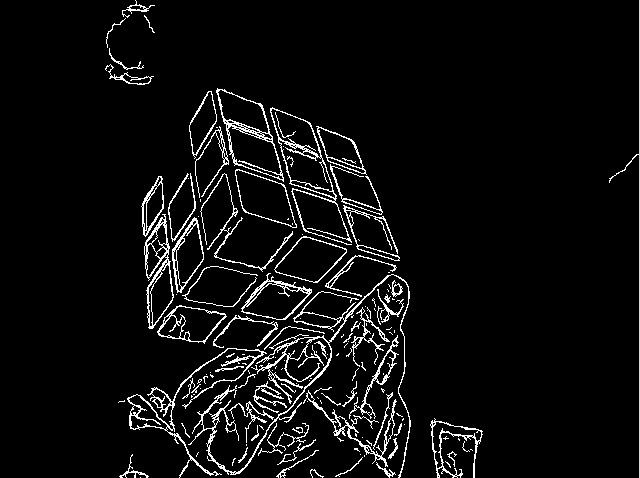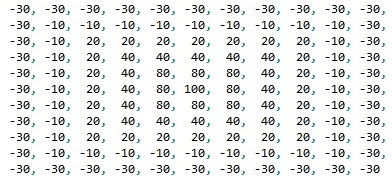Is it possible to use neural nets for line detection?
Neural nets are known for their ability of error correction. Straight lines are often broken, contain small gaps. Using large parameter for these gaps in probabilistic Hough has the side effect that the line continues beyond its true ends. Did anybody try to solve this problem using NN? I have a good output from edge detector with lines as white dots on black background (1/0). Maybe it is possible not only correct gaps, but do full detection (slope, end coordinates)?
For those who are interested in this approach I can hint that David Marr in his classical book "Vision" proposed to use combination of Gauss distribution with Laplace operator for edge detection. Gauss provides blurring and Laplacian - gradient calculation. He used a convolutional net with the characteristic connections like a Mexican hat.

That is, each neuron supports itself and the nearest neighbours, but suppresses the more remote.
This is what Marr's filter does to Canny output from Rubik's cube.

 Looks like what is required. Now need to downsample it. How to do it correctly? Just take every second or third pixel or there are some tricky methods? I used this kernel:
Looks like what is required. Now need to downsample it. How to do it correctly? Just take every second or third pixel or there are some tricky methods? I used this kernel:

Another set of parameters shows off full power of the method. It restores true edges even if they are completely absent on Canny output. Note that it draws 3 lines where there are only 2. The most important - it restores the central dot where 3 edges come together. It is absent on source image too.
Look how the simple perceptron technology (see the answer) works for 3D corner detection.

There are 2 output neural patterns here because the angle range is 0 - 180. The upper image corresponds to the lower half of the input screen.
The last thing left. How to detect the central point where 3 lines come together? I think, it's time to introduce more complicated nets combining several standard solutions. I suggest convolution + recursion (RNN). The idea is to highlight all pixels of the same line by positive biofeedback. Then the brightness of their common end will get triple increase like this.

Any ideas how to do it better?




 Looks like what is required. Now need to downsample it. How to do it correctly? Just take every second or third pixel or there are some tricky methods?
Looks like what is required. Now need to downsample it. How to do it correctly? Just take every second or third pixel or there are some tricky methods?


